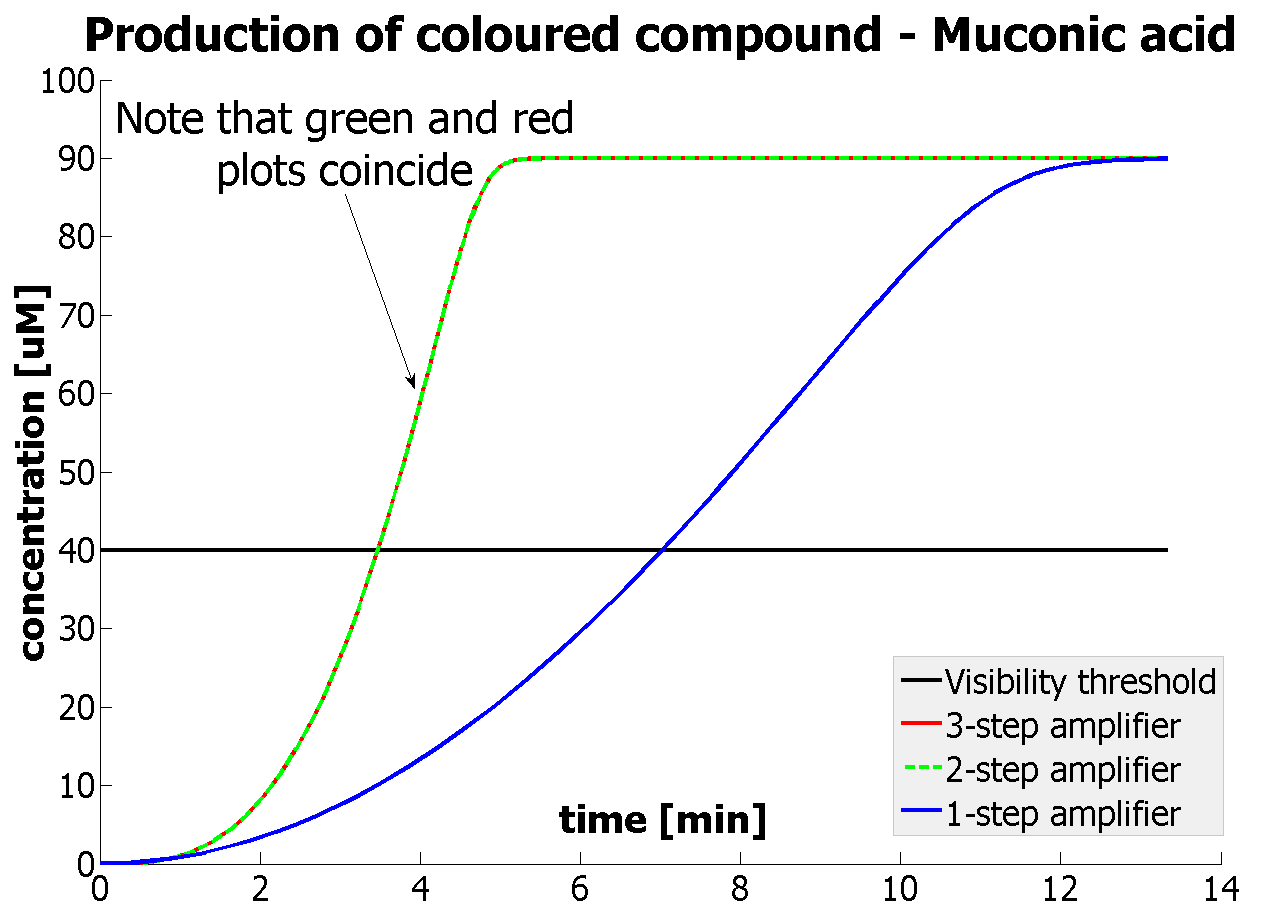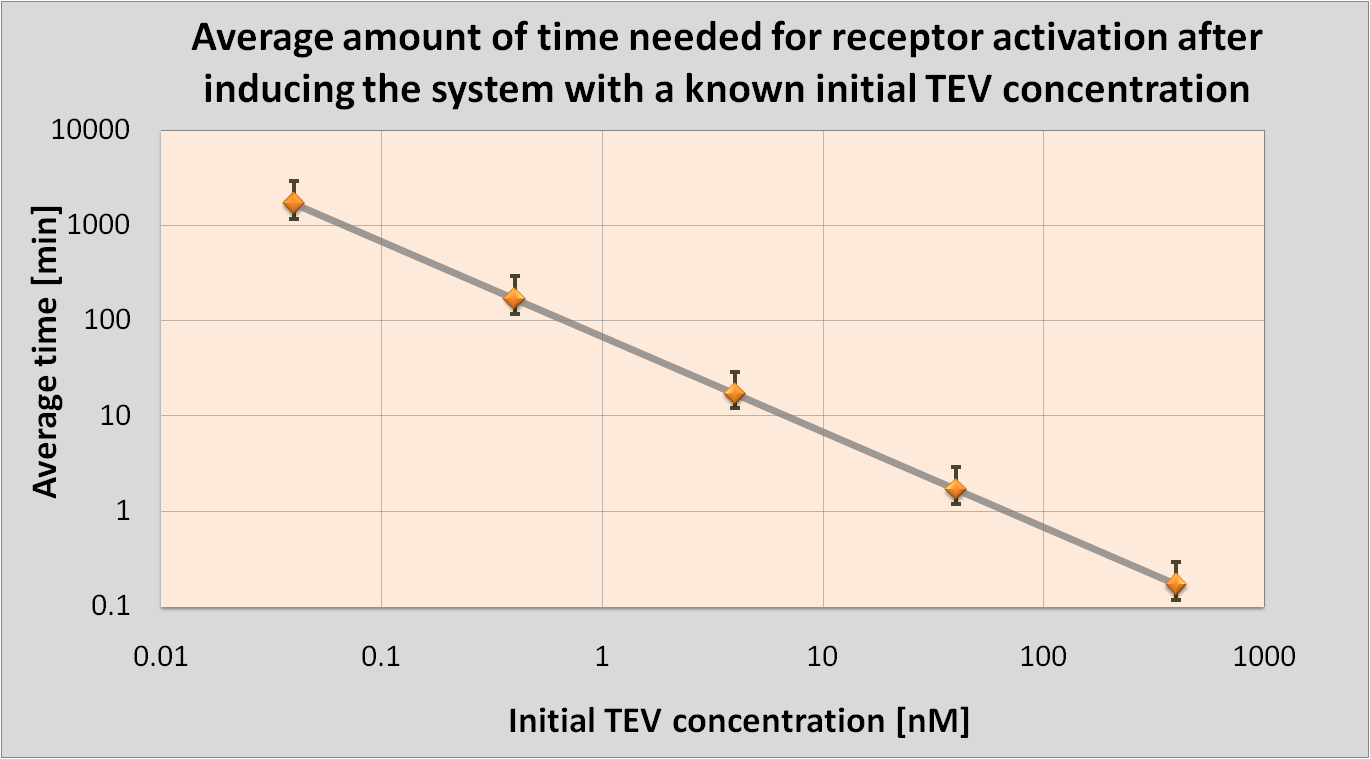Team:Imperial College London/Modelling
From 2010.igem.org
(Difference between revisions)
m |
|||
| Line 21: | Line 21: | ||
<li>It was shown that amplified systems easily outperform the simple production system (control) | <li>It was shown that amplified systems easily outperform the simple production system (control) | ||
<li>It was concluded that there is no advantage of 3-step amplification over 2-step amplification. Therefore, the design of a 3-step amplifier was abandoned.</li> | <li>It was concluded that there is no advantage of 3-step amplification over 2-step amplification. Therefore, the design of a 3-step amplifier was abandoned.</li> | ||
| - | <li>The results concerning the 2-step amplification module were not conclusive. It could not be firmly decided whether 2-step amplification is going to perform better than 1-step amplification. This is because | + | <li>The results concerning the 2-step amplification module were not conclusive. It could not be firmly decided whether 2-step amplification is going to perform better than 1-step amplification. This is because several of the parameters that 2- and 1-step amplifiers are sensitive to could not be determined with certainty. 2 parameters have been recognised as crucial and deciding.</li> |
| - | <li>The conditions for effective amplification were determined.</li> | + | <li>Hence, The conditions for effective amplification were determined.</li> |
</ol> | </ol> | ||
Revision as of 20:43, 24 October 2010
| Modelling | Overview | Detection Model | Signaling Model | Fast Response Model | Interactions |
| A major part of the project consisted of modelling each module. This enabled us to decide which ideas we should implement. Look at the Fast Response page for a great example of how modelling has made a major impact on our design! | |
| Introduction to modelling |
In the process of designing our construct two major questions arose which could be answered by computer modelling:
|
| Results & Conclusions |
Output Amplification Model
|
 "
"









